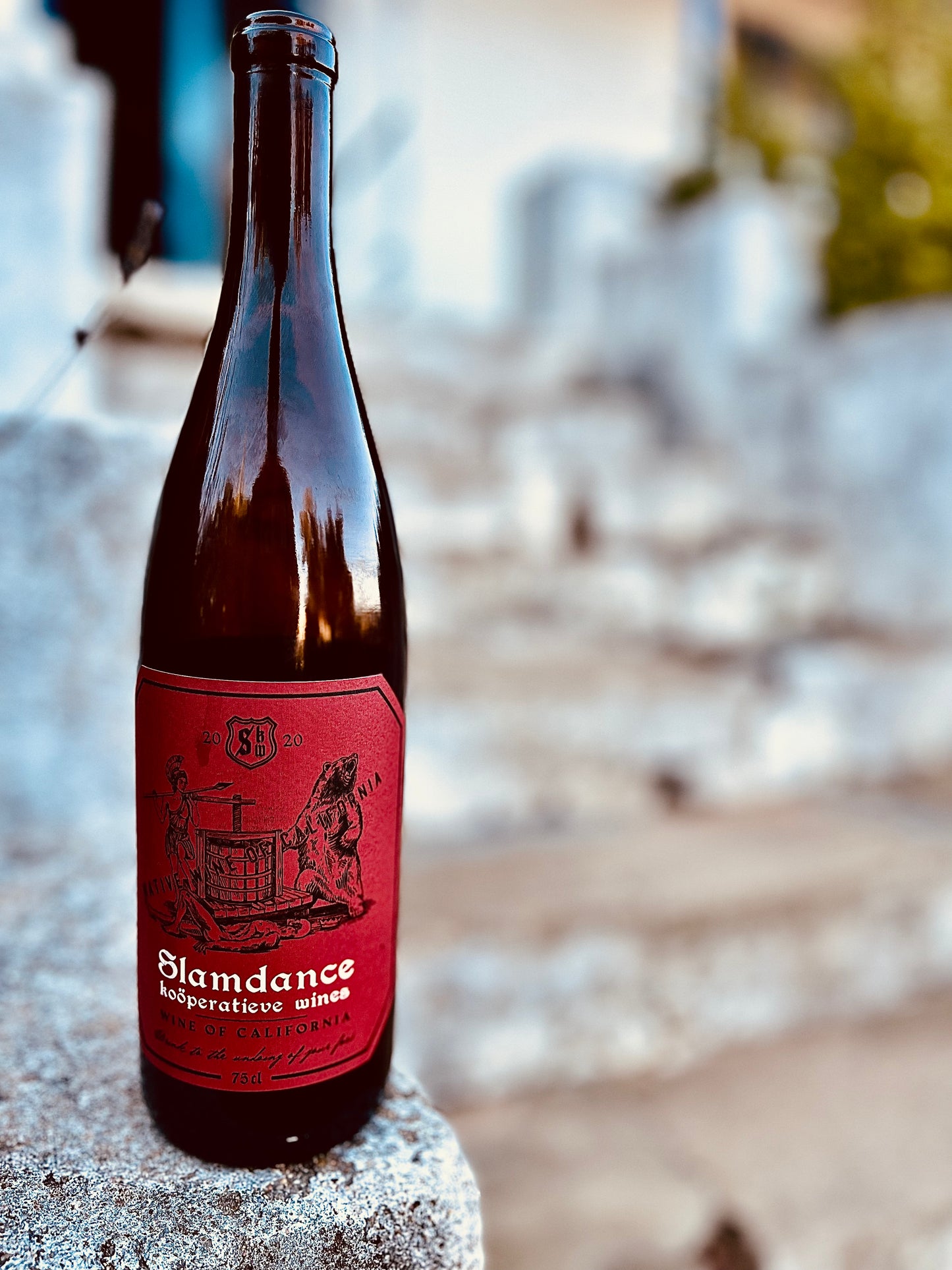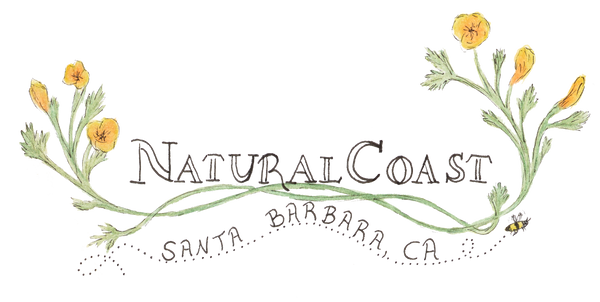1
/
of
1
Slamdance Koöperatieve
Slamdance Koöperatieve - 2022 Native Wine of California - Napa Gamay, Black Malvoisie, Cabernet Pfeffer, Negrette, Zinfandel, Petite Sirah & more.
Slamdance Koöperatieve - 2022 Native Wine of California - Napa Gamay, Black Malvoisie, Cabernet Pfeffer, Negrette, Zinfandel, Petite Sirah & more.
Regular price
$42.00 USD
Regular price
Sale price
$42.00 USD
Unit price
/
per
Shipping calculated at checkout.
**Fermentation:** In order to keep the processing as unintrusive as possible, only a small portion of each ferment was destemmed (10-25%), while the remainder was crushed by foot only enough to avoid carbonic characters in the wine. The fruit was then placed in open top, used puncheons, which were resealed for the initial 10-12 days. There was no yeasting or sulfuring, nor any additions of any kind.
The vessels were kept in the barrel room (58F), and were only unsealed once fermentation was noticeably underway. Pigeage was done by human hands daily, and the fermentations proceeded very slowly but also very predictably. Once the fermentation neared completion, the vessels were resealed, and left to macerate until pressing.
**Pressing:** All lots were basket pressed, one on top of the other, on Oct. 9, about 6 weeks after picking. Juice was siphoned into tank, and the vessels were dug out by hand. Juice was not allowed to fall into the press pan, but was caught at the basket and then transferred via hose to tanks. All lots were kept separate for the first 6 months.
**Elevage:** Lots were barreled down, using gravity, to neutral 500L vessels. Once the barrels were filled, they were “hard bunged” (no fermentation bungs), placed in the barrel room, and never disturbed or battonaged. There was no heating to attempt to push the wine through malolactic fermentation, and the wine’s temperature stayed at a constant 58F.
**Racking and Blending:** Racked by gravity, and according to Rixford, on a clear, cold day with a wind from the north, just before the Vernal Equinox (March). Because the barrels had been so still for 5 months, the lees were quite settled and very compact, so making a clean racking was very easy. Lots were racked together into tank for blending, analyzed, given a small SO2 addition to offset oxygenation from racking, and then returned to 500L puncheons, to rest for another 9 months.
**Bottling: **The wine was racked to tank in the spring of 2024, where it was sulfured down to 30ppm of free SO2. The wine was then allowed to rest and compose itself before it was bottled in the summer. The wine was bottled by hand, again without the use of a pump (the wine has never been through a pump), by a small group of friends.
**Varieties:**
**Black Malvoisie**: The name used in California until recently for what is now known to be the Cinsaut (often spelled Cinsault) grape of southern France. There it is considered a good grape for blending, adding substance to ordinary bulk wines in the Hérault and Gard, and complexity to some Châteauneuf-du-Pape. It was imported to California in the 1860s, but its early history here is obscure. In the 1870s it became popular as a CLARET grape, and was often used to blend with Zinfandel. But growers tended to let it hang. Too long, producing a dull, flabby wine. By the 1890s it was in general disrepute. During Prohibition some old vineyards survived and the grape gained some stature among fellow Italian winegrowers here, some of whom sold it as a varietal up to the 1960s, sometimes labeled Malvasia Nera. In 1971 there were still 810 acres in the state, mostly in the Central Valley. When interest in Rhone varieties for California blossomed in the 1980s, the variety was rediscovered and appeared here and there as the varietal Cinsaut. But in 1997 only 92 acres remained in the state. These produced about 450 tons of grapes.
**Napa Gamay:** Official California records call this variety of wine grape simply Gamay. It is the Valdiguié, considered a mediocre red variety in France. It is not clear how the Napa Gamay name was invented, but the Napa may have been attached by a professor at the University at Davis to distinguish it from the variety used for Beaujolais wine in France (see GAMAY). Several wineries outside Napa make a Gamay wine from the so-called Napa Gamay, but would certainly not be content to label it, for example, Monterey Napa Gamay. Recently a few wineries have brought out a varietal Valdiguié. In 1996 the BATF ruled that Napa Gamay may not be used as a varietal term.
**Cabernet Pfeffer:** A variety of grape named for William PFEFFER, who bred grapes in Santa Clara County in the nineteenth century. It was planted here and there in northern California but disappeared after the phylloxera epidemic. Pfeffer had by then bred a better version as a seedling and grafted it onto resistant rootstock. In. 1908 he gave cuttings to Harold Ohrwall and Frederic BIOLETTI, who planted them in the Cienega Valley. The few vines that survive today there and in Monterey County are the progeny of these Pfeffer seedlings. It is the Mourtaou, an old cultivar from Bordeaux, where it is extinct.
**Pinot St. George:** Another mystery variety of grape, probably the Negrette, a red-wine variety from southwest France. The mystery is how and when it acquired its Californian name. The Nigrette was in the 1882 To Kalon collection. But there is no record of the name transformation. After Prohibition the variety was used by a few wineries to produce what they called Red Pinot. A few wineries in Napa and San Benito counties have produced a varietal Pinot St. George. In 1988 the variety disappeared from state vineyard statistics, but there are still a few acres in Napa, Sonoma, San Benito and Monterey counties.
**Mondeuse:** In California a variety of grape that is also called Crabb’s Black Burgundy, but vintners here, including H.W. CRABB himself, knew its real identity. After Prohibition the grape was popular in Napa, where for years it was the basis for Beaulieu Vineyard’s Burgundy. In 1971 there were 396 acres in the state, 88% of them in Napa. In 1985 the variety disappeared from state statistics.
Couldn't load pickup availability
Share


